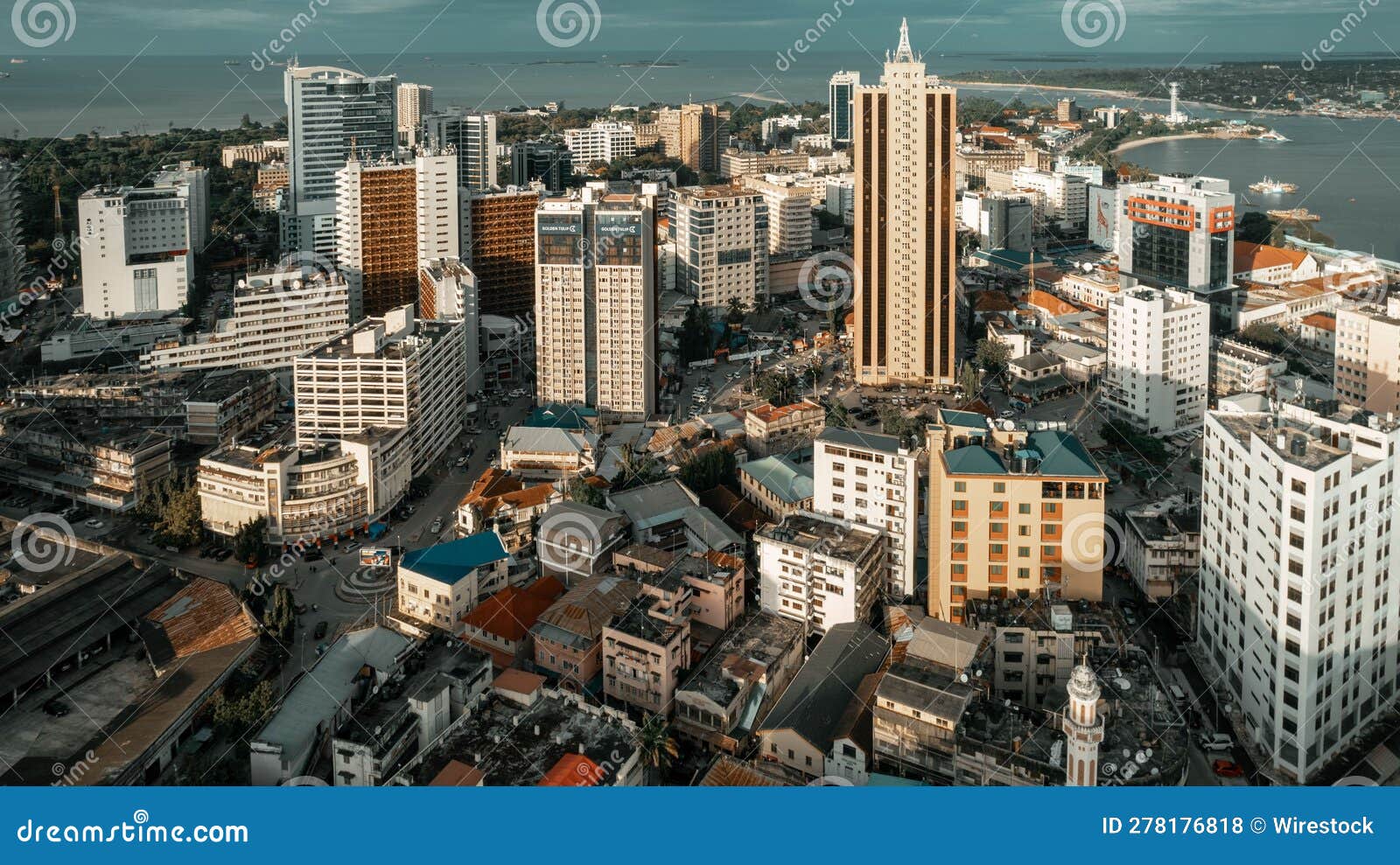Dar es Salaam, the sprawling metropolis of Tanzania, is often perceived as a dynamic confluence of cultures. Strategically positioned along the eastern coast of Africa, this coastal city serves as a pivotal gateway for trade and commerce, coruscating with vibrant energy. Yet beyond its economic significance lies a plethora of cultural nuances that reflect the rich tapestry of life in this coastal city, inviting a deeper inquiry into its societal constructs through the lens of cultural relativism.
The juxtaposition of urban modernity and traditional customs is notably arresting in Dar es Salaam. Skyscrapers and contemporary architecture glitter against the backdrop of time-honored practices, interweaving a distinct narrative of convergence. The melding of diverse cultural influences often leads to an innate curiosity regarding its sociocultural landscape. Why does Dar es Salaam capture the imagination of scholars, tourists, and businesspeople alike? To disentangle this fascination, one must delve into the multifaceted cultural interactions prevalent in the city.
One cannot overlook the historical context that underpins Dar es Salaam’s evolution. Originally a small fishing village, the city was transformed into a significant trade hub during the 19th century, particularly amid the burgeoning spice and slave trades. Consequently, this historical trajectory established a foundation for pluralistic cultural amalgamation. Arab, Persian, Indian, and later European influences played a monumental role in shaping the demographics and cultural ethos. These hybridities manifest in the culinary landscape, architectural styles, and linguistic diversity that define the city’s character today.
The culinary scenes in Dar es Salaam exemplify the city’s cultural diversity. From zesty biryanis to spicy pilafs, the gastronomy of Dar es Salaam is replete with flavors that tell stories of its historical interplay with various ethnic groups. The fish markets along the coast, coupled with the fragrant spice bazaars, exemplify the integration of local ingredients with culinary practices from across the Indian Ocean. Such a palatable convergence not only tantalizes the taste buds but also serves as a poignant testament to the city’s historical depth and diversity.
Moreover, the linguistic diversity present in Dar es Salaam warrants examination. Swahili, the dominant language, acts as a cultural linchpin, enabling communication among varied ethnic communities. Yet English, Arabic, and other indigenous languages coalesce within the urban dialect, reflecting the city’s cosmopolitan ethos. The adaptability and resilience of these languages mirror the dynamism of Dar es Salaam itself, creating a rich tapestry of communication that underscores the importance of cultural relativity and context.
As one traverses the bustling streets, the images and sounds narrate a vibrant story of life and its complexities. Markets, livelily adorned with colorful fabrics and goods, become sites for cultural exchange and social interaction. The vivacity of street vendors and local artisans evokes an understanding of the local economy and its dependence on communal ties. What lies beneath this seemingly everyday indulgence in commerce is an intricate web of social relations that reinforce community identity and cohesion.
The cultural festivals celebrated in Dar es Salaam further illuminate the city’s rich traditions while simultaneously embracing modern influences. Festivals like Sauti za Busara, devoted to showcasing East African music and arts, serve as a cultural melting pot. Through music, dance, and the arts, these events enable a platform for cultural expression and also underscore the significance of preservation amid globalization. Such festivities not only showcase artistic prowess but also call attention to the underlying social issues and cultural narratives that warrant recognition and dialogue.
But, in exploring the vibrant aspects of Dar es Salaam, one must also confront the inherent social challenges that prevail. Rapid urbanization brings forth considerable strain on infrastructure and resources. Analysis reveals a paradox of affluence amidst poverty, where affluent urban enclaves are juxtaposed with burgeoning informal settlements. This disparity invites inquiry into socioeconomic dynamics and their cultural ramifications, posing questions about social equity and justice. In this light, the examination of cultural relativity becomes imperative, as it fosters understanding of varying perspectives and lived realities within this dichotomy.
At the crux of cultural relativity lies the quest to understand and appreciate the nuances of different cultures without imposing one’s own values as a benchmark. In Dar es Salaam, this principle becomes increasingly significant. Whether in the prudence of traditional matriarchal structures or the evolving roles of women in the workforce, the exploration of gender dynamics reveals an interplay between modern ideologies and historical constructs. The complexity of these narratives amplifies the necessity for a contextual understanding of societal evolution, thus highlighting the role of cultural relativism as a vital tool for analysis.
In conclusion, the allure of Dar es Salaam transcends mere aesthetic appreciation. It embodies a rich intercultural dialogue, reflecting a dynamic history interlaced with contemporary global influences. An analysis of the city through the lens of cultural relativism facilitates a more profound appreciation for its intricate social fabric. Dar es Salaam stands not only as a geographical location but as a narrative framework for understanding the complexities of culture, society, and identity. The exploration of this city encourages us to engage with its cultural paradoxes while fostering a deeper understanding of our collective human experiences.
